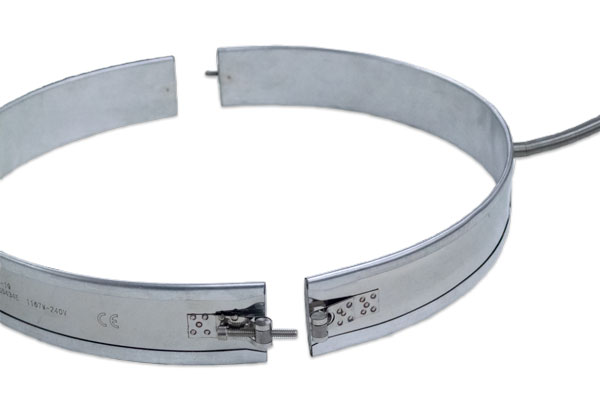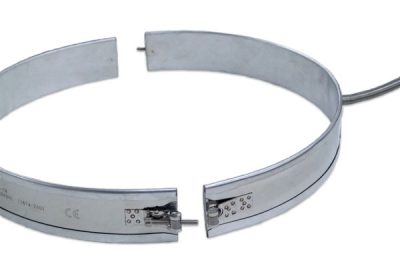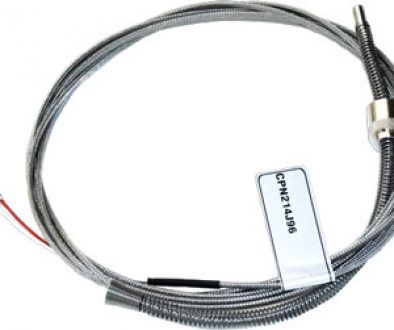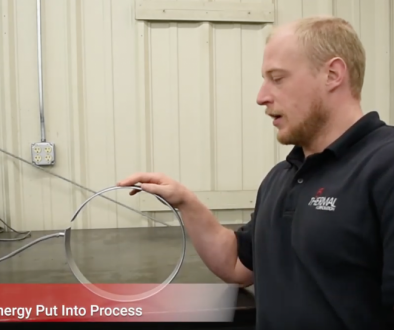Can You Connect Two Heaters in Series If They Are Rated for the Same Voltage?
Home > Blog Archive > Category: Industrial Heating Technology > Can You Connect Two Heaters in Series If They Are Rated for the Same Voltage?
Can you connect two heaters in series if they are rated for the same voltage?
Sometimes. Basically, a heater stamped with Z watts and Y volts is just a resistor. The resistance is constant. If you apply Y volt to the heater, it produces X watts of heat. If you apply a different voltage, the heater produces a different wattage. The resistance never changes.
If you have two heaters that are rated for the same voltage, they will have the same resistance ONLY if they are ALSO the same wattage. That is, if the voltage and wattage are the same, then the resistance will be the same. Putting two equal resistances in series will cause them to divide the voltage equally. If you put two 1000 Watt/ 240 volt heaters if series across 480 volts each will get half of the 480 volts or 240 volts.
What about two heaters with the same voltage but different wattages?
Now, if we have two heaters that have the same voltage but different wattages, they will have different resistances. If we put two resistances that are different in series, they do not divide the voltage in equally. The larger resistance will get a larger portion of the voltage. Thus, consider if we have two heaters with the same voltage(240V), one has 4000 watts and the other has 2000 watts. The lower wattage will have a resistance of: R = 240V2 / 2000W = 28.8 ohms. Thus, it will get more than 50% of the voltage. The lower resistance heater will get more voltage and will produce more wattage. The higher wattage heater will have a resistance of: R = 240V2 / 4000W = 14.4 ohms.
Connecting these two heaters in series across 480V would give the following results: the current through each heater would be I = 480V / 43.2 ohms = 11.1 amps. The amperage will be equal through each heater since they are connected in series, and the resistance does not change. So, the higher wattage heater will actually produce W = 14.4 ohms x 11.1A2 = 1774W (versus a rating of 4,000W). While the lower wattage heater will actually produce W = 28.8 ohms x 11.1A2 = 3548W (versus a rating of 2000W).
The lower resistance heater will get more voltage and will product more wattage. The higher wattage heater will have the smaller resistance and will product a smaller wattage. Frequently, the heater with the lower wattage will produce so much heat that it may burn up.
Example
The classic example is where we have a two piece heater. Each half of the heater has half the wattage and the same voltage. Thus, these can be connected in series and they will divide the voltage equally.

Conclusion
Thus, you CAN connect two heaters in series ONLY if they have the same voltage AND the same wattage.
The resistance = ((voltage) x (voltage))/ wattage
Looking for our products? Click here to view our complete line of industrial heaters and industrial heating accessories!
Written by Jim Dixon and Kyle Otte
Edited by Shelby Reece
Date Published: 04.28.2016
Last Updated: 09.06.2019



